cosmonaut
No longer a newbie, moving up!
- Joined
- Oct 12, 2006
- Messages
- 1,122
- Reaction score
- 98
- Location
- North Georgia
- Website
- www.gregmccary.com
- Can others edit my Photos
- Photos NOT OK to edit
I am interseted in taking some IR pictures like the ones I have seen on these forums, but I have a few questions. First off let me say that I am not digital yet. I still shot film, but here are my questions.
1 Are you guys using IR film, modified cameras or PhotoShop to get make pictures?
2 If you are using film, where do you get it developed and put on CD or computer and what's the cost?
3 What are some basic settings for the camera that would work best?
I have thought about buying some IR film but am not sure about all of the details. I have an older camera that would probably work without leaking and a Canon that will shot some IR film but not all. Thanks for any help...
Cosmo
1 Are you guys using IR film, modified cameras or PhotoShop to get make pictures?
2 If you are using film, where do you get it developed and put on CD or computer and what's the cost?
3 What are some basic settings for the camera that would work best?
I have thought about buying some IR film but am not sure about all of the details. I have an older camera that would probably work without leaking and a Canon that will shot some IR film but not all. Thanks for any help...
Cosmo



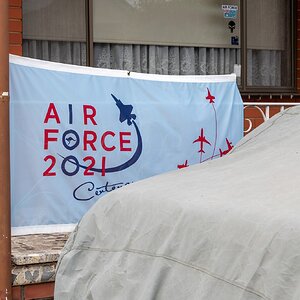
![[No title]](/data/xfmg/thumbnail/37/37605-90c8efaef5b7d1f52d4bf8e7dfd33673.jpg?1619738148)
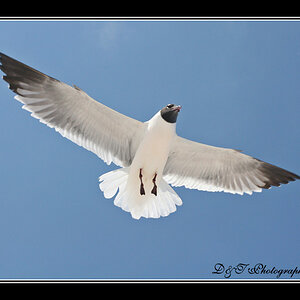
![[No title]](/data/xfmg/thumbnail/33/33356-9cfc19255e84aab13c903f781a99cf9f.jpg?1619735920)
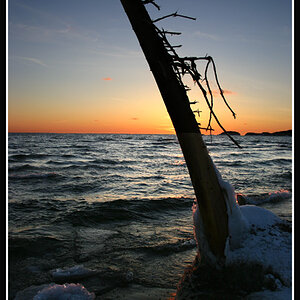
![[No title]](/data/xfmg/thumbnail/37/37607-69784b19e25bd0ba68e92ff4cfdfa8ff.jpg?1619738148)
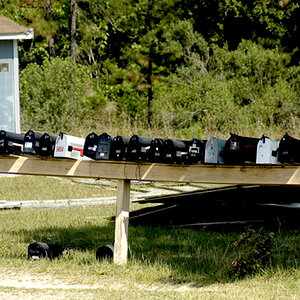
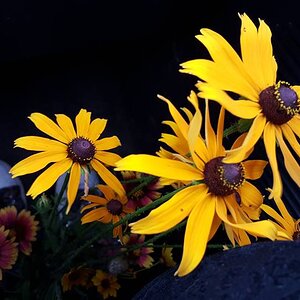
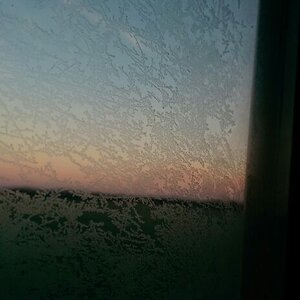
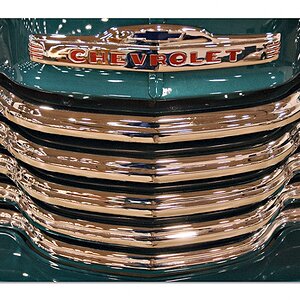
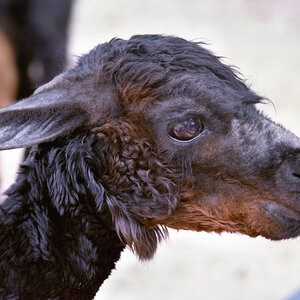
![[No title]](/data/xfmg/thumbnail/39/39472-acea19526f2c08f92fd1e95a92191bc2.jpg?1619739043)